Have you ever heard of a place where silence reigns supreme, where nature’s beauty intertwines with haunting legends? Welcome to Aokigahara Forest Japan, a mesmerizing wonder located right at the base of Japan’s iconic Mount Fuji. This place is also known as the “Sea of Trees“, this dense woodland has captivated visitors for centuries with its unique landscape and rich history.
Table of Contents
A Natural Marvel
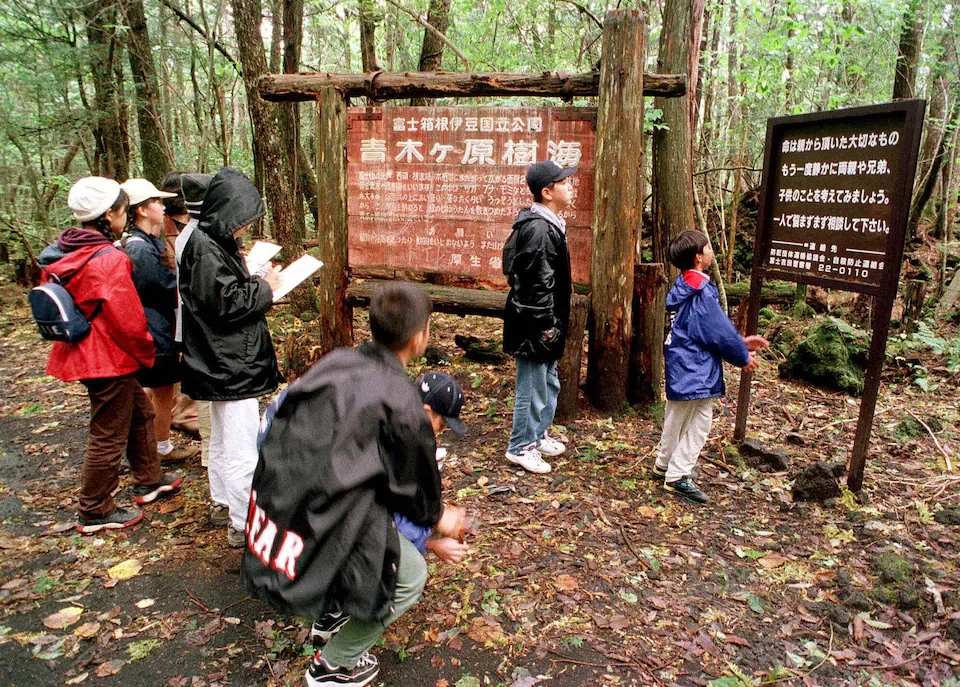
As you step into Aokigahara, you’re immediately enveloped by a sea of green. Towering conifers and broadleaf trees stretch their ancient limbs skyward, creating a canopy so thick that only a dim, ethereal light filters through. The forest floor, a carpet of soft moss and volcanic rock, muffles your footsteps, adding to the eerie silence that pervades the air.
Did you know that Aokigahara spans an impressive 35 square kilometres? That’s roughly the size of 4,900 football pitches! No wonder, the fact that many people would leave ribbons on the trees as it is easy to get lost within this large forest. The forest owes its lush vegetation to the volcanic soil left behind by Mount Fuji’s eruption in 864 AD. Talk about making the best of a fiery situation!
Fun Fact: The extremely fertile soil of made by the volcanic ashes help yield many local crops one of them being the high plains cabbage.
A Geological Wonder
But Aokigahara isn’t just about trees. Beneath your feet lies a network of fascinating caves waiting to be explored. Fancy a bit of spelunking? Then you’re in for a treat!
The Narasawa Ice Cave is a particular highlight. As you descend 21 metres underground, you’ll find yourself surrounded by towering pillars of ice, some over 30 metres high. These icy giants have been slowly forming over centuries, creating a natural refrigerator that locals once used to store food. Talk about a cool discovery!
The Narasawa Ice Cave or also known as Narusawa Hoyoketsu was formed due to the lava about 1120 years ago which later on became recognized as a national monument by the Ministry of Education of Japan in 1929.
If that’s not enough to pique your interest, how about the Fugaku Wind Cave? Stretching for 201 metres, this natural wonder boasts chambers up to nine metres high. With temperatures averaging a chilly 3 degrees Celsius year-round, it’s the perfect spot to escape the summer heat.
Navigating the Sea of Trees
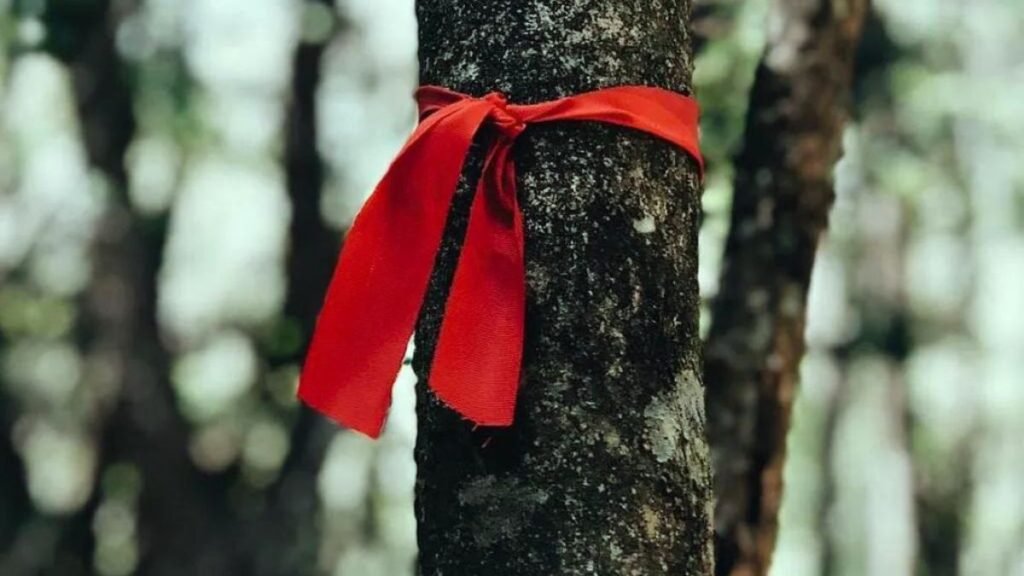
Now, before you go charging off into the undergrowth, a word of caution. Aokigahara’s beauty can be deceptive, and it’s easy to lose your bearings amidst the dense vegetation. The Japanese Tourism Agency recommends sticking to designated trails and avoiding cordoned-off areas.
As mentioned by an article published by national geography , that the ground below is uneven and riddled with small caves, moss-covered roots growing on top of the dried lava that once flowed there. The soil has a high iron content which interferes with GPS and cell phone signals. (Phew! Luckily ,no ghosts)
If you’re feeling adventurous and want to venture deeper into the forest, why not take a leaf out of Theseus’s book? Many visitors tie a blue and white rope to the edge of the path before exploring, creating a modern-day Ariadne’s thread to guide them back. Just remember to remove it when you leave – let’s keep this natural wonder pristine!
A Forest of Legends
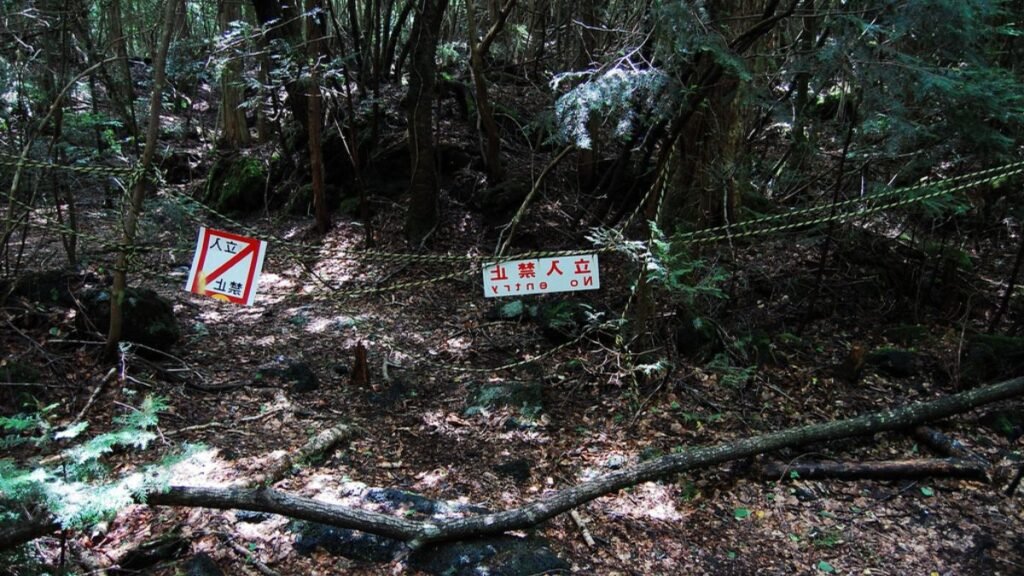
Like many ancient woodlands, Aokigahara Forest Japan is steeped in folklore and mystery. Local legends speak of yūrei, these are the spirits of those who have died in the forest which is a quite familiar concept to the western society also known in simple terms as ghosts, these yūrei are known for haunting the dense undergrowth within these forests. Some visitors claim to have heard blood-curdling screams echoing through the trees. But before you start planning your ghost-hunting expedition, remember that Aokigahara is home to various bird species. Those eerie wails might just be the call of a particularly dramatic feathered resident!
Another Legend that is affiliated with the suicide forest of Japan is that People brought dying loved ones or sick relatives here to leave them here to die on their own, a practice that was known as “ubasute“. Although this has not been proven as there are no statistical data or record to prove this.
Fun Fact: One of the main reason for this forest to get popular is because of the book ” The Complete Suicide Manual” which was released in the 1993 in Japanese language, that discussed all the advantages and disadvantages of every form of suicide .
A Place of Reflection
Unfortunately, Aokigahara has gained a sombre reputation over the years as a site where some individuals choose to end their lives. It’s a sensitive topic that has brought attention to the broader issue of mental health in Japan.
In response, local authorities have taken steps to prevent such tragedies. You’ll find signs at the forest’s entrance with uplifting messages and helpline numbers. The Yamanashi prefectural government has also increased surveillance and trained tour guides to offer support to those who might be struggling.
It’s crucial to approach this aspect of Aokigahara’s history with respect and compassion. If you or someone you know is experiencing mental health difficulties, remember that help is always available. In the UK, you can reach the Samaritans on 116 123 for support, in India you can call on 9152987821.
Preserving Aokigahara’s Beauty
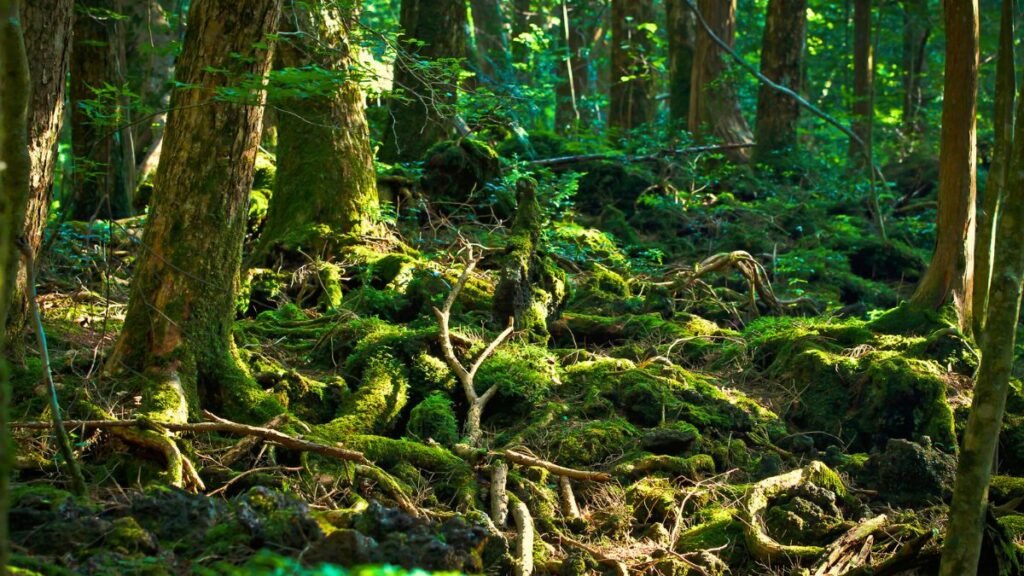
As visitors, we have a responsibility to preserve the natural beauty of Aokigahara for future generations. The local authorities are working hard to combat “dark tourism” and encourage people to appreciate the forest for its ecological and geological wonders.
When you visit, remember to follow the “Leave No Trace” principles. Take nothing but photographs, leave nothing but footprints, and kill nothing but time. And speaking of photographs, while Aokigahara is undoubtedly picturesque, be mindful of the forest’s sensitive nature when sharing on social media.
Planning Your Visit
Ready to explore this enchanting forest for yourself? Aokigahara is located in the Yamanashi prefecture, about 130 kilometres west of Yokohama. It’s easily accessible by public transport or car, making it a perfect day trip from Tokyo.
Over the years the, Aokigahara forest Japan has gained a huge reputation and traction among plethora of hikers, not because of clean air and views but rather more because of its popular dark tourism and the thrilling excitement to walk through a forest which is recognized as haunted by many folks.
Remember to dress appropriately for hiking, wear sturdy shoes, and bring plenty of water. The forest’s unique geology can interfere with GPS and mobile phone signals, so it’s a good idea to bring a physical map and compass.
Conclusion- A Forest Like No Other
As you emerge from the Sea of Trees, you’ll carry with you memories of an extraordinary place. Aokigahara Forest is more than just a woodland – it’s a testament to the raw beauty of nature, a keeper of ancient secrets, and a reminder of our connection to the natural world.
So, are you ready to lose yourself (figuratively, of course) in the mesmerising Aokigahara Forest Japan? Pack your sense of adventure, respect for nature, and perhaps a ball of string – a journey into Japan’s Sea of Trees awaits!

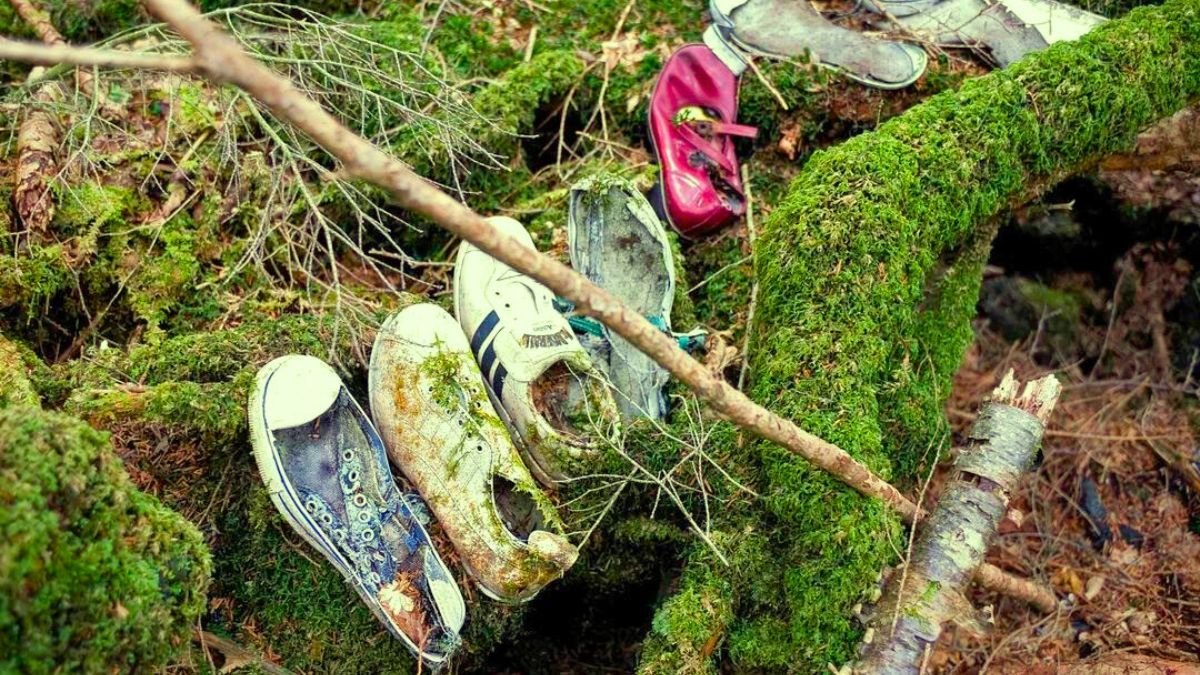
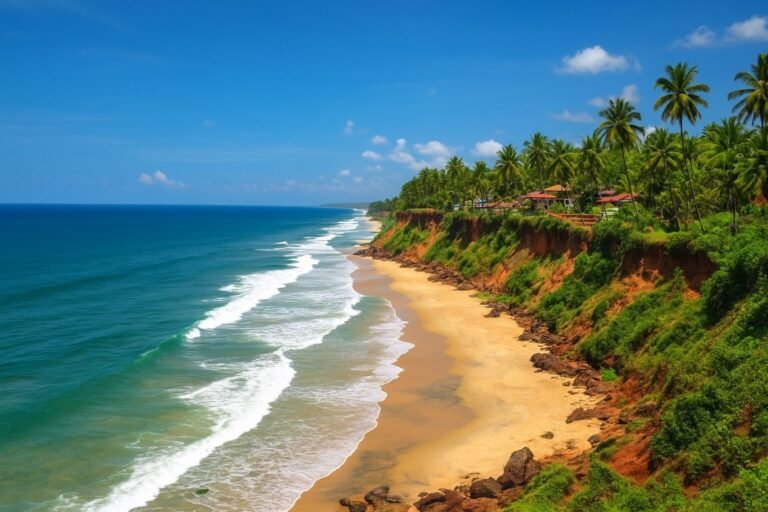
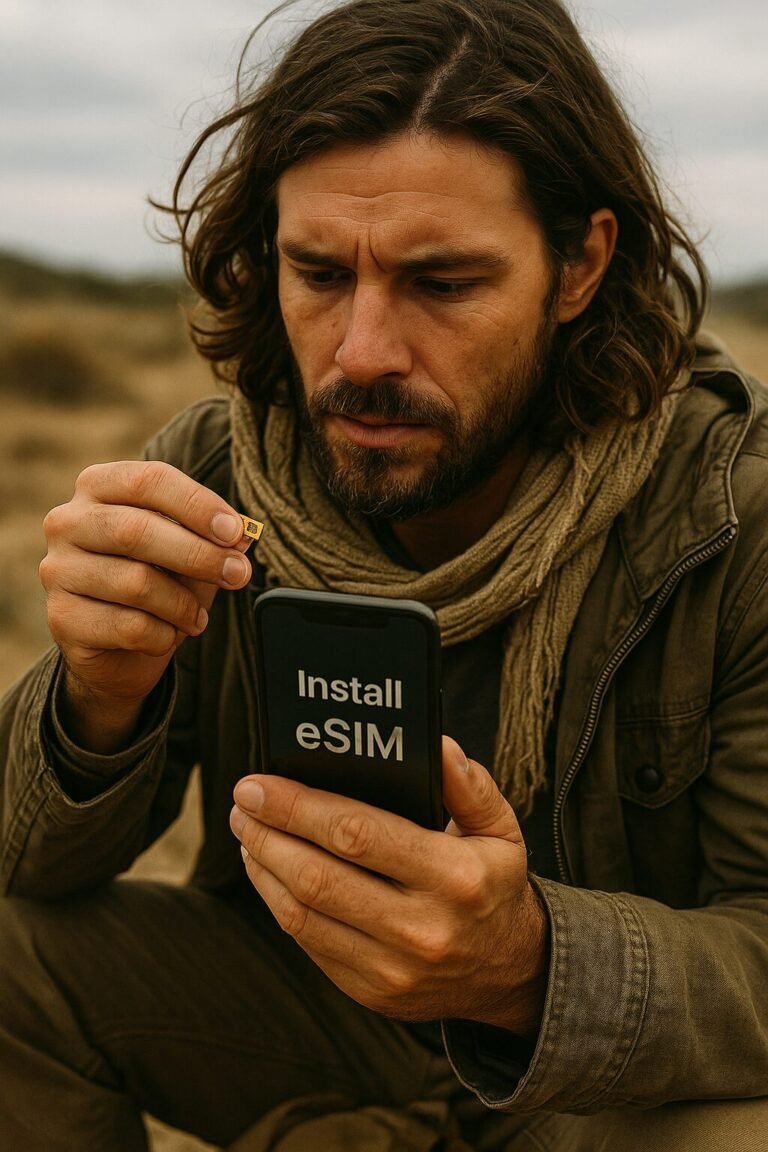

Thanks for sharing. I read many of your blog posts, cool, your blog is very good.
Your article helped me a lot, is there any more related content? Thanks!
Your point of view caught my eye and was very interesting. Thanks. I have a question for you.
Thanks for the different tips contributed on this site. I have realized that many insurance firms offer prospects generous reductions if they opt to insure many cars together. A significant variety of households currently have several cars or trucks these days, particularly people with older teenage children still located at home, and the savings for policies could soon increase. So it is a good idea to look for a good deal.
Can you be more specific about the content of your article? After reading it, I still have some doubts. Hope you can help me. https://accounts.binance.com/register?ref=P9L9FQKY
I don’t think the title of your article matches the content lol. Just kidding, mainly because I had some doubts after reading the article.
Hello! Would you mind if I share your blog with my zynga group? There’s a lot of people that I think would really appreciate your content. Please let me know. Thanks
affordablecanvaspaintings.com.au is Australia Popular Online 100 percent Handmade Art Store. We deliver Budget Handmade Canvas Paintings, Abstract Art, Oil Paintings, Artwork Sale, Acrylic Wall Art Paintings, Custom Art, Oil Portraits, Pet Paintings, Building Paintings etc. 1000+ Designs To Choose From, Highly Experienced Artists team, Up-to 50 percent OFF SALE and FREE Delivery Australia, Sydney, Melbourne, Brisbane, Adelaide, Hobart and all regional areas. We ship worldwide international locations. Order Online Your Handmade Art Today.
It?s in reality a nice and useful piece of info. I am glad that you just shared this helpful info with us. Please keep us up to date like this. Thank you for sharing.
Hello my family member! I want to say that this article is amazing, nice written and include almost all vital infos. I?d like to look more posts like this .
Your article helped me a lot, is there any more related content? Thanks! https://www.binance.info/en-IN/register?ref=UM6SMJM3
Great site. A lot of helpful information here. I am sending it to several buddies ans also sharing in delicious. And of course, thank you for your sweat!
Can you be more specific about the content of your article? After reading it, I still have some doubts. Hope you can help me.
Hi my friend! I wish to say that this post is awesome, great written and come with almost all significant infos. I?d like to look extra posts like this .
Cool blog! Is your theme custom made or did you download it from somewhere? A design like yours with a few simple tweeks would really make my blog shine. Please let me know where you got your design. Cheers
Great beat ! I would like to apprentice while you amend your site, how can i subscribe for a blog site? The account helped me a acceptable deal. I had been a little bit acquainted of this your broadcast offered bright clear concept
Thanks for this glorious article. One other thing is that nearly all digital cameras come equipped with the zoom lens that permits more or less of the scene to become included by way of ‘zooming’ in and out. All these changes in {focus|focusing|concentration|target|the a**** length usually are reflected from the viewfinder and on large display screen right on the back of the particular camera.
Undeniably believe that which you stated. Your favorite justification appeared to be on the net the simplest thing to be aware of. I say to you, I certainly get irked while people consider worries that they plainly do not know about. You managed to hit the nail upon the top and defined out the whole thing without having side-effects , people can take a signal. Will probably be back to get more. Thanks
Hello! I just wanted to ask if you ever have any trouble with hackers? My last blog (wordpress) was hacked and I ended up losing a few months of hard work due to no back up. Do you have any methods to prevent hackers?
There are actually a variety of details like that to take into consideration. That may be a nice point to bring up. I provide the ideas above as basic inspiration however clearly there are questions just like the one you carry up the place the most important thing can be working in honest good faith. I don?t know if finest practices have emerged round issues like that, but I’m positive that your job is clearly identified as a good game. Both boys and girls feel the influence of just a second?s pleasure, for the remainder of their lives.
Hiya, I am really glad I have found this info. Nowadays bloggers publish only about gossips and web and this is really irritating. A good website with exciting content, that is what I need. Thank you for keeping this site, I’ll be visiting it. Do you do newsletters? Can’t find it.
I have observed that in the world the present moment, video games are classified as the latest popularity with kids of all ages. Periodically it may be impossible to drag young kids away from the games. If you want the very best of both worlds, there are plenty of educational activities for kids. Thanks for your post.
I’ve been surfing online more than three hours today, yet I never discovered any interesting article like yours. It?s beautiful price enough for me. In my opinion, if all web owners and bloggers made just right content material as you probably did, the net will probably be much more useful than ever before.
Your point of view caught my eye and was very interesting. Thanks. I have a question for you.
I have fun with, result in I discovered exactly what I was taking a look for. You have ended my four day lengthy hunt! God Bless you man. Have a great day. Bye
**mindvault**
Mind Vault is a premium cognitive support formula created for adults 45+. It’s thoughtfully designed to help maintain clear thinking
**mind vault**
mind vault is a premium cognitive support formula created for adults 45+. It’s thoughtfully designed to help maintain clear thinking
Nice post. I be taught something more challenging on totally different blogs everyday. It is going to at all times be stimulating to learn content from other writers and follow a little bit one thing from their store. I?d favor to use some with the content material on my blog whether you don?t mind. Natually I?ll give you a hyperlink in your web blog. Thanks for sharing.
Does your website have a contact page? I’m having problems locating it but, I’d like to send you an e-mail. I’ve got some ideas for your blog you might be interested in hearing. Either way, great blog and I look forward to seeing it grow over time.
**sugarmute**
sugarmute is a science-guided nutritional supplement created to help maintain balanced blood sugar while supporting steady energy and mental clarity.
**glpro**
glpro is a natural dietary supplement designed to promote balanced blood sugar levels and curb sugar cravings.
**prostadine**
prostadine is a next-generation prostate support formula designed to help maintain, restore, and enhance optimal male prostate performance.
**prodentim**
prodentim an advanced probiotic formulation designed to support exceptional oral hygiene while fortifying teeth and gums.
**nitric boost**
nitric boost is a dietary formula crafted to enhance vitality and promote overall well-being.
**glucore**
glucore is a nutritional supplement that is given to patients daily to assist in maintaining healthy blood sugar and metabolic rates.
**vittaburn**
vittaburn is a liquid dietary supplement formulated to support healthy weight reduction by increasing metabolic rate, reducing hunger, and promoting fat loss.
**mitolyn**
mitolyn a nature-inspired supplement crafted to elevate metabolic activity and support sustainable weight management.
**zencortex**
zencortex contains only the natural ingredients that are effective in supporting incredible hearing naturally.
**yu sleep**
yusleep is a gentle, nano-enhanced nightly blend designed to help you drift off quickly, stay asleep longer, and wake feeling clear.
**wildgut**
wildgutis a precision-crafted nutritional blend designed to nurture your dog’s digestive tract.
**breathe**
breathe is a plant-powered tincture crafted to promote lung performance and enhance your breathing quality.
**energeia**
energeia is the first and only recipe that targets the root cause of stubborn belly fat and Deadly visceral fat.
**pineal xt**
pinealxt is a revolutionary supplement that promotes proper pineal gland function and energy levels to support healthy body function.
**boostaro**
boostaro is a specially crafted dietary supplement for men who want to elevate their overall health and vitality.
**prostabliss**
prostabliss is a carefully developed dietary formula aimed at nurturing prostate vitality and improving urinary comfort.
**potent stream**
potent stream is engineered to promote prostate well-being by counteracting the residue that can build up from hard-water minerals within the urinary tract.
**hepato burn**
hepato burn is a premium nutritional formula designed to enhance liver function, boost metabolism, and support natural fat breakdown.
**hepatoburn**
hepatoburn is a potent, plant-based formula created to promote optimal liver performance and naturally stimulate fat-burning mechanisms.
**flowforce max**
flowforce max delivers a forward-thinking, plant-focused way to support prostate health—while also helping maintain everyday energy, libido, and overall vitality.
**prodentim**
prodentim is a forward-thinking oral wellness blend crafted to nurture and maintain a balanced mouth microbiome.
**cellufend**
cellufend is a natural supplement developed to support balanced blood sugar levels through a blend of botanical extracts and essential nutrients.
**revitag**
revitag is a daily skin-support formula created to promote a healthy complexion and visibly diminish the appearance of skin tags.
**neuro genica**
neuro genica is a dietary supplement formulated to support nerve health and ease discomfort associated with neuropathy.
**sleep lean**
sleeplean is a US-trusted, naturally focused nighttime support formula that helps your body burn fat while you rest.
I have really learned some new things from the blog post. One other thing to I have seen is that normally, FSBO sellers will certainly reject you. Remember, they might prefer never to use your expert services. But if anyone maintain a steady, professional romance, offering assistance and being in contact for about four to five weeks, you will usually have the ability to win a meeting. From there, a house listing follows. Thanks a lot
Your article helped me a lot, is there any more related content? Thanks!